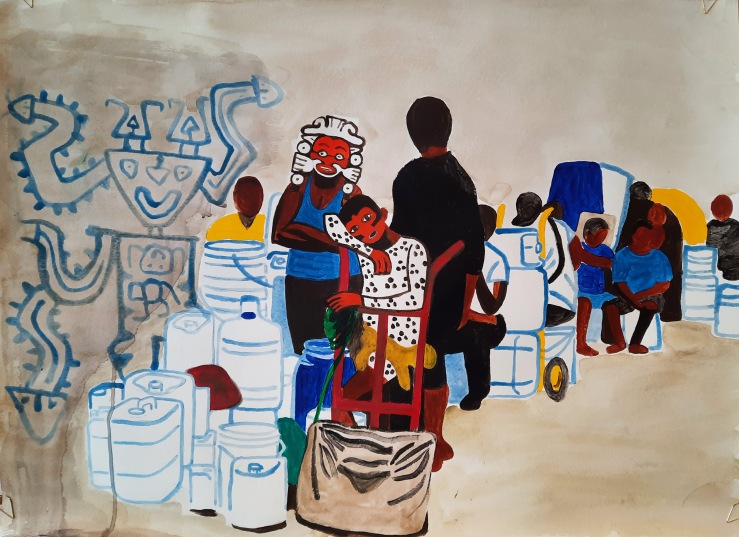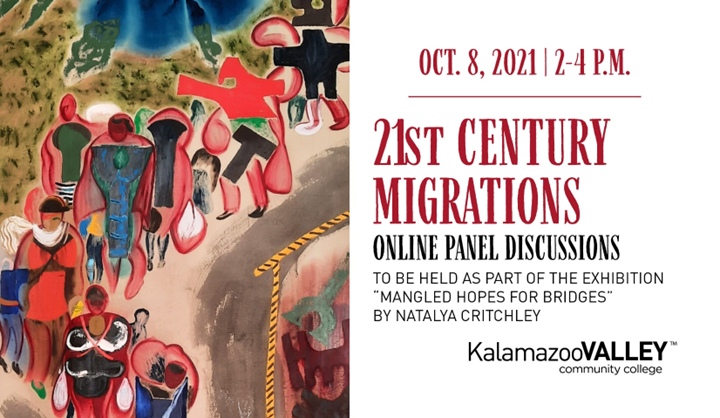
Bridge with water tank, Natalya Critchley
There are many things we can do to mitigate climate change. Here are a few ideas:
- Reduce our reliance on fossil fuels. Fossil fuels are the main source of greenhouse gas emissions, so switching to renewable energy sources like solar and wind power is essential. We can support renewable energy by signing up for a green energy plan from our utility company, installing solar panels on our home, and investing in renewable energy companies. We can also make our homes and businesses more energy efficient by using insulation, energy-saving appliances, and LED light bulbs.
- Reduce our energy consumption. This can be achieved through simple measures such as turning off lights and appliances when not in use, unplugging electronics when not in use, and reducing heating and cooling in our homes.
- Change our transportation habits. Some ways to reduce our carbon footprint include driving less, using public transportation, biking, or walking more often. We can also choose to drive more fuel-efficient vehicles or switch to electric cars.
- Conserve water. Water is another important resource that is being affected by climate change. We can help conserve water by taking shorter showers, fixing leaky faucets, and watering our lawns less often.
- Eat less meat and dairy. Meat production is a major contributor to greenhouse gas emissions. Eating less meat is one way to reduce our impact on the environment. We can still enjoy meat, but try to eat it less often and choose sustainable options when we do.
- Reduce waste. This can be achieved by reducing the use of single-use plastics, recycling, composting, and buying products with minimal packaging.
- Recycle and compost. Recycling and composting help to reduce the amount of waste that goes to landfills, which produces methane, a greenhouse gas.
- Plant trees. Trees absorb carbon dioxide from the atmosphere, so planting trees is a natural way to mitigate climate change. We can plant trees in our yards, in parks, and along roadsides.
- Support policies that address climate change. This can be achieved by advocating for policies that address climate change such as carbon pricing, renewable energy incentives, and regulations to reduce greenhouse gas emissions.
- Get involved in our community. There are many ways to get involved in our community and help to mitigate climate change. We can volunteer for an environmental organization, attend city council meetings, or write to our elected officials.
- Educate others about climate change. The more people who understand the problem of climate change, the more likely we are to find solutions. Talk to friends, family, and neighbors about climate change and what they can do to help.






